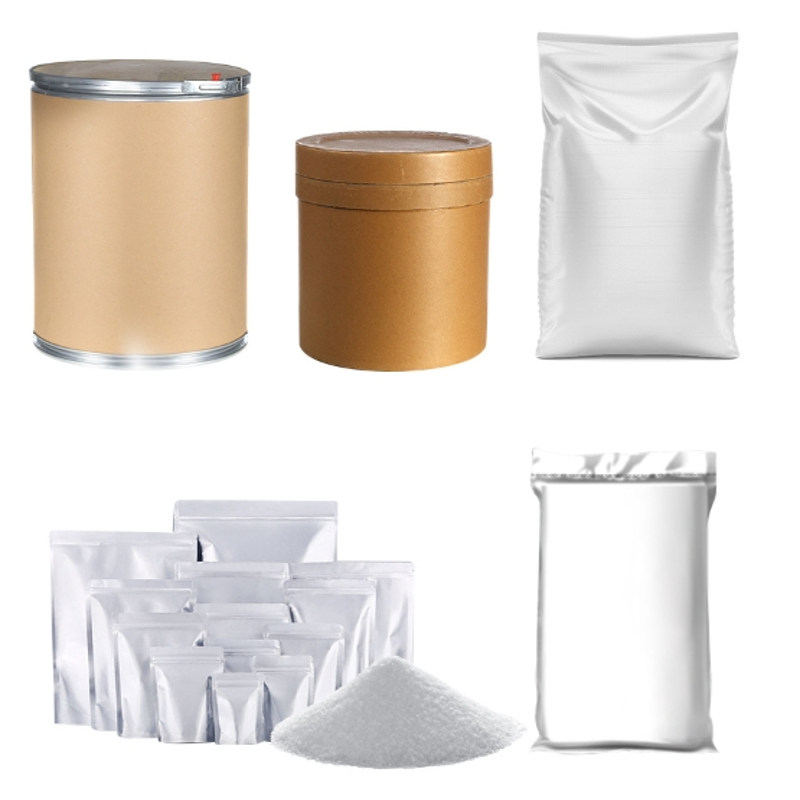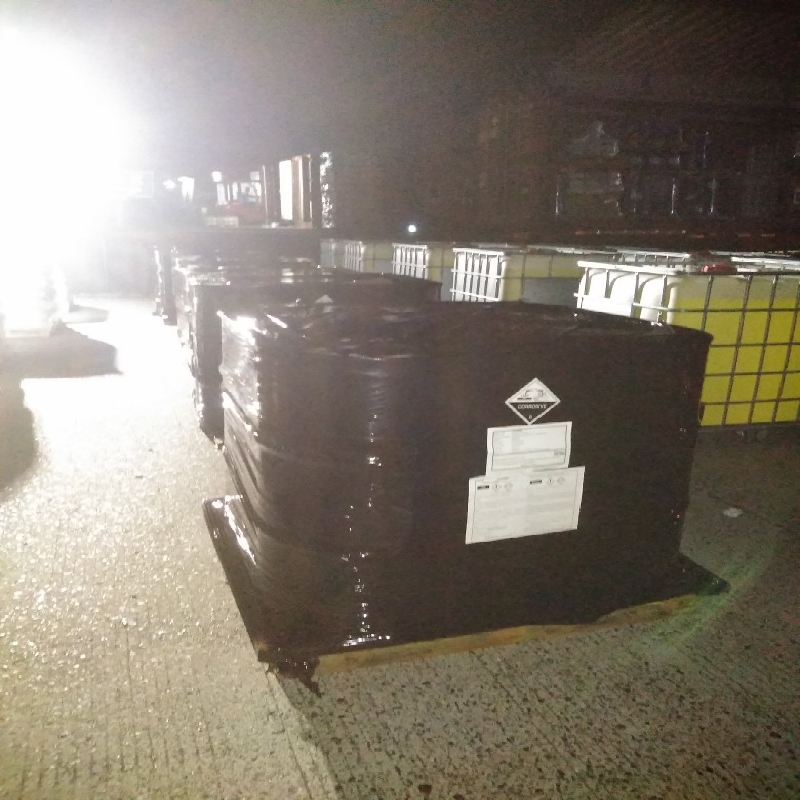-
Categories
-
Pharmaceutical Intermediates
-
Active Pharmaceutical Ingredients
-
Food Additives
- Industrial Coatings
- Agrochemicals
- Dyes and Pigments
- Surfactant
- Flavors and Fragrances
- Chemical Reagents
- Catalyst and Auxiliary
- Natural Products
- Inorganic Chemistry
-
Organic Chemistry
-
Biochemical Engineering
- Analytical Chemistry
-
Cosmetic Ingredient
- Water Treatment Chemical
-
Pharmaceutical Intermediates
Promotion
ECHEMI Mall
Wholesale
Weekly Price
Exhibition
News
-
Trade Service
Quinoline-7-carbaldehyde is a important organic compound that finds extensive use in the chemical industry.
It is primarily used as an intermediate in the synthesis of various pharmaceuticals, agrochemicals, and other chemical products.
The synthetic routes of quinoline-7-carbaldehyde can be broadly classified into two categories: synthesis via the quinoline-7-carboxaldehyde route and synthesis via the benzilic acid route.
Synthesis via the Quinoline-7-carboxaldehyde Route:
The quinoline-7-carboxaldehyde route is the more commonly used synthetic route for quinoline-7-carbaldehyde.
This route involves the reaction of 7-hydroxyquinoline with an aldehyde in the presence of an acid catalyst.
The reaction can be represented by the following equation:
7-Hydroxyquinoline + Aldehyde → Quinoline-7-carbaldehyde
The choice of aldehyde used in this reaction can have a significant impact on the yield and selectivity of quinoline-7-carbaldehyde.
Common aldehydes used in this reaction include benzaldehyde, chloraldehyde, and tolualdehyde.
The reaction can be performed at mild temperatures and is generally complete within a few hours.
The reaction product can be purified by recrystallization or by using chromatographic techniques.
Synthesis via the Benzilic Acid Route:
The benzilic acid route is an alternative synthetic route for quinoline-7-carbaldehyde.
This route involves the condensation of 7-hydroxyquinoline and benzilic acid in the presence of an acid catalyst.
The reaction can be represented by the following equation:
7-Hydroxyquinoline + Benzilic Acid → Quinoline-7-carbaldehyde
The reaction can be performed at elevated temperatures and requires the use of an acid catalyst, such as sulfuric acid or phosphoric acid, to promote the reaction.
The reaction product can be purified by recrystallization or by using chromatographic techniques.
Advantages and Limitations of the Synthetic Routes:
Both the quinoline-7-carboxaldehyde route and the benzilic acid route have their own advantages and limitations.
The quinoline-7-carboxaldehyde route is generally considered to be more economical and easier to perform, as it does not require the use of elevated temperatures or acid catalysts.
However, the yield and selectivity of quinoline-7-carbaldehyde can be impacted by the choice of aldehyde used in the reaction.
On the other hand, the benzilic acid route is more suitable for large-scale production, as it can be performed at elevated temperatures with the use of acid catalysts.
However, this route is generally more expensive and requires more specialized equipment.
Applications of Quinoline-7-carbaldehyde:
Quinoline-7-carbaldehyde is an important intermediate in the synthesis of various pharmaceuticals and agrochemicals.
It is used as a precursor for the synthesis of drugs such as anti-inflammatory agents and anti-bacterial agents.
It is also used in the synthesis of agrochemicals such as herbicides and pesticides.
Quinoline-7-carbaldehyde is also used in the production of dyes and other chemical products.
It is a versatile intermediate that can be converted into a wide range of products through further chemical modification.
Conclusion:
Quinoline-7-carbaldehyde is a versatile organic compound that finds extensive use in the chemical industry.
It is primarily used







